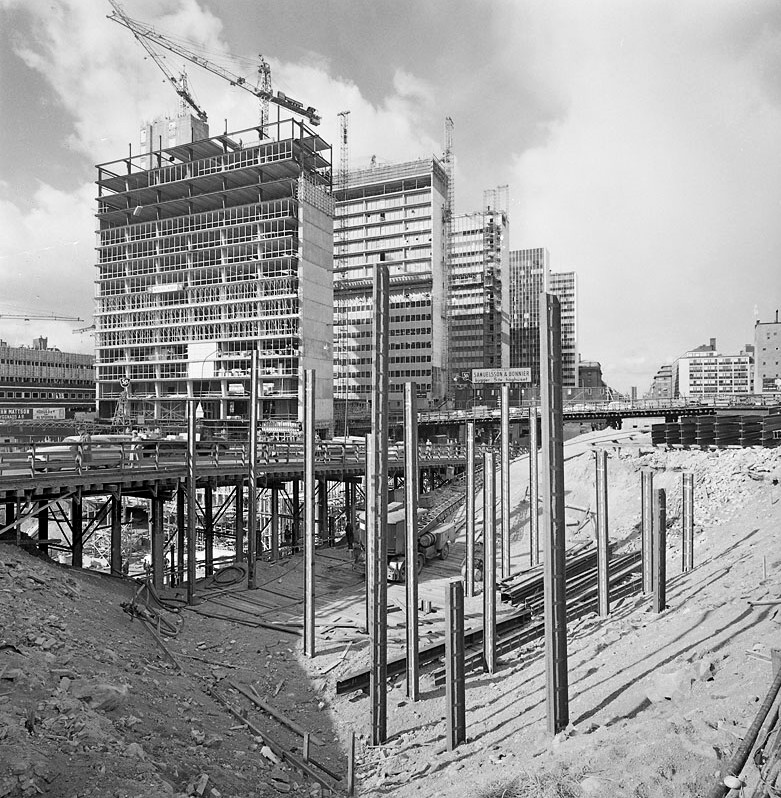That photo is of Zurich, if my memory of Zurich has not failed me. Zurich was not built in 20 years, but over many, many decades.
This is Boulevard Francois 1er, running N-S, in Le Havre.
https://goo.gl/maps/x5rPpiZaLk5oirQk7
This is Avenue Foch, which runs E-W from the water, at the intersection of Boulevard Francois 1er.
https://goo.gl/maps/6repUWCjmD2wU6DD8
Hamburg was even more destroyed (fire-bombed) than Le Havre. You get specimen remnants of the former city.
https://goo.gl/maps/xVVEMuJ9nPtopu2D7
Dresden, also destroyed as much, if not more, than Hamburg, has reconstructed parts of the old city.
https://goo.gl/maps/HFxYwDJ5PwHhrQKK8
Dresden, they reconstructed the church. Everything adjacent is post WWII.
https://goo.gl/maps/8RnxFzbMN3snEJKJ8




